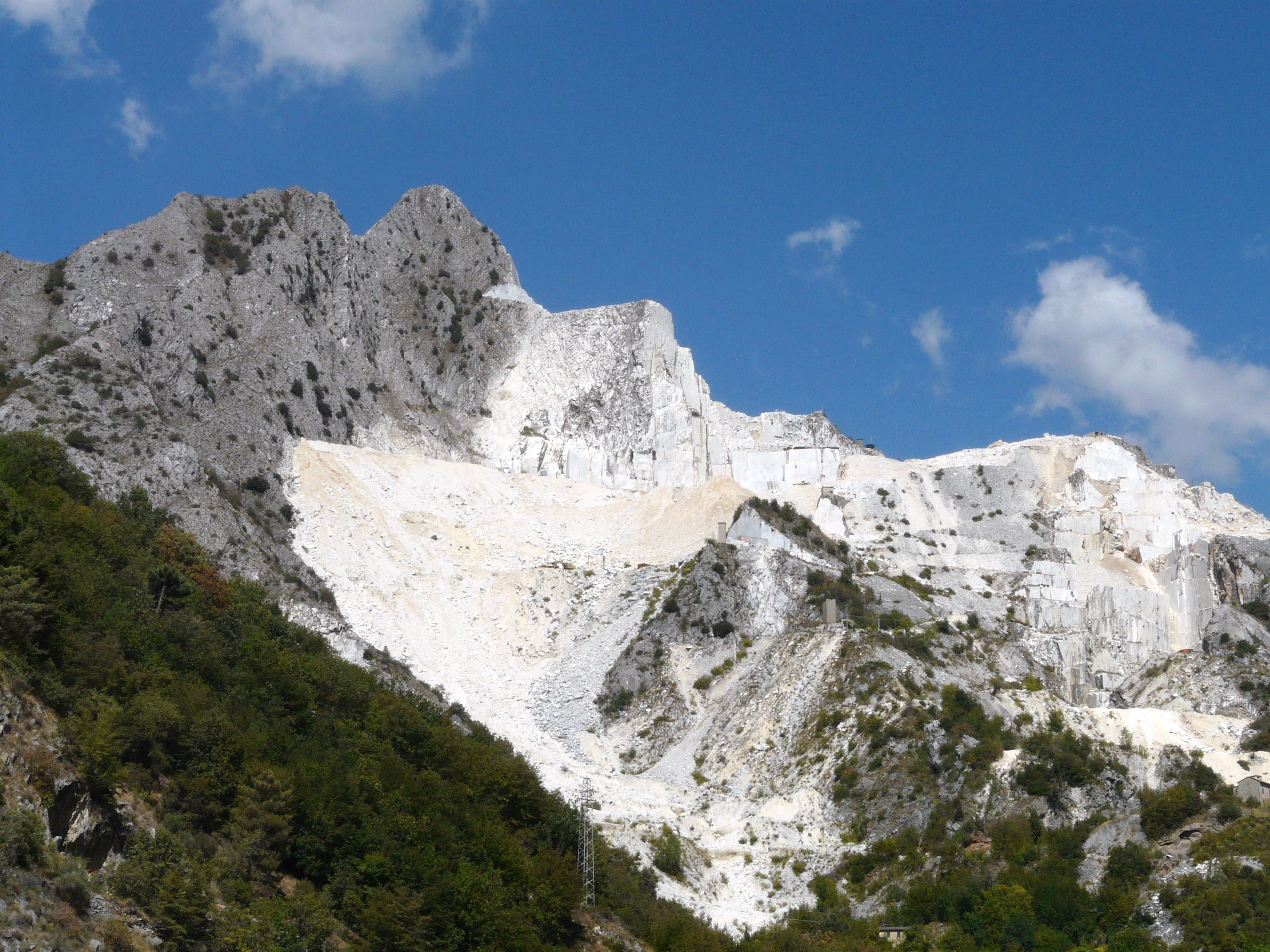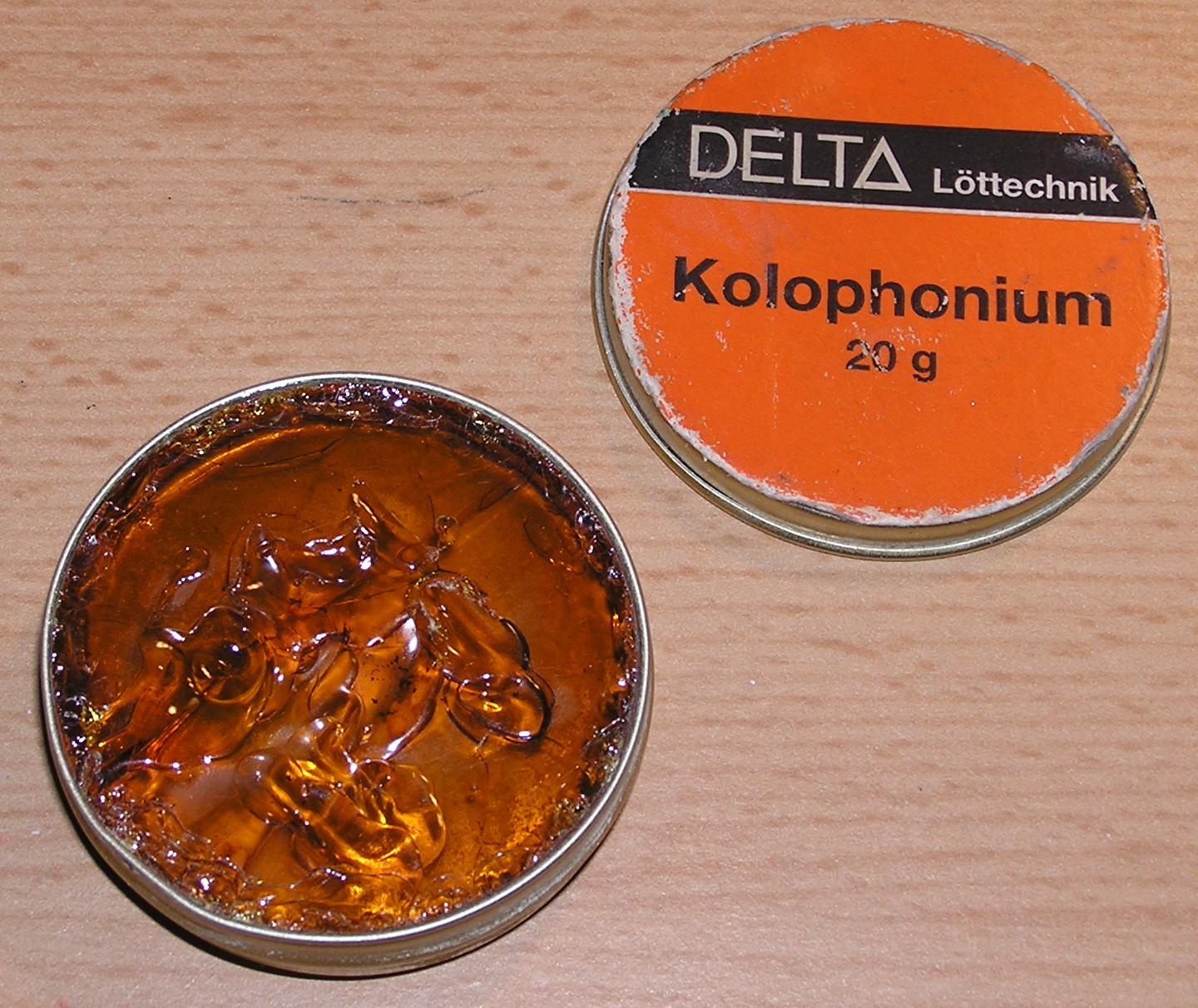|
Marble Cliff Quarry Co.
The Marble Cliff Quarry Co., is located in the community of San Margherita and operated the largest limestone quarry in the United States from its founding in 1913 until its sale in 1985. History In the early 1840s, quarry activities began in the area to mine a narrow belt of Columbus and Delaware limestone which stretched all the way from the Scioto River to the Olentangy River adjacent to Marble Cliff, Ohio. The Columbus formation stone was roughly 100 feet thick with the Delaware limestone deposit above at 16 to 35 feet thick. Limestone was mined through the simple process of drilling and blasting and resulted in either blocks or crushed stone of various sizes. The products were then sent to the nearby limestone markets where they were sold and used in construction or as flux to purify iron ore. These activities became more extensive in 1892 with the arrival of Sylvio A. Casparis and the Casparis Stone Co. In 1913, Marble Cliff Quarries Co. was founded and shortly consolid ... [...More Info...] [...Related Items...] OR: [Wikipedia] [Google] [Baidu] |
San Margherita, Ohio
San Margherita is an unincorporated neighborhood directly west of Columbus, Ohio, half falling into Norwich Township and the other half in Franklin Township. The area was settled in the early 20th century by Italian immigrants working for the Marble Cliff Quarry Company. Though once a robust and rural community, San Margherita is in danger of vanishing. Many of the original homes and locally owned businesses in the neighborhood have been demolished. History San Margherita is located west of Columbus, across the Scioto River. Between 1880 and 1920, the area was populated by Italian immigrants who worked in the nearby Marble Cliff Quarry. The majority of the immigrants came from the commune of Pettorano sul Gizio in the Province of L'Aquila in the Abruzzo region of Italy, where the patron Saint Margaret of Cortona became the hamlet's namesake. Originally, the quarry provided workers with shack-like homes placed along McKinley Avenue and the railroad tracks. Quarry workers who am ... [...More Info...] [...Related Items...] OR: [Wikipedia] [Google] [Baidu] |
Limestone
Limestone ( calcium carbonate ) is a type of carbonate sedimentary rock which is the main source of the material lime. It is composed mostly of the minerals calcite and aragonite, which are different crystal forms of . Limestone forms when these minerals precipitate out of water containing dissolved calcium. This can take place through both biological and nonbiological processes, though biological processes, such as the accumulation of corals and shells in the sea, have likely been more important for the last 540 million years. Limestone often contains fossils which provide scientists with information on ancient environments and on the evolution of life. About 20% to 25% of sedimentary rock is carbonate rock, and most of this is limestone. The remaining carbonate rock is mostly dolomite, a closely related rock, which contains a high percentage of the mineral dolomite, . ''Magnesian limestone'' is an obsolete and poorly-defined term used variously for dolomite, for lime ... [...More Info...] [...Related Items...] OR: [Wikipedia] [Google] [Baidu] |
Quarry
A quarry is a type of open-pit mining, open-pit mine in which dimension stone, rock (geology), rock, construction aggregate, riprap, sand, gravel, or slate is excavated from the ground. The operation of quarries is regulated in some jurisdictions to reduce their environmental impact. The word ''quarry'' can also include the underground quarrying for stone, such as Bath stone. Types of rock Types of rock extracted from quarries include: *Chalk *China clay *Scoria, Cinder *Clay *Coal *Construction aggregate (sand and gravel) *Coquina *Diabase *Gabbro *Granite *Gritstone *Gypsum *Limestone *Marble *Ores *Phosphate rock *Quartz *Sandstone *Slate *Travertine Stone quarry Stone quarry is an outdated term for mining construction rocks (limestone, marble, granite, sandstone, etc.). There are open types (called quarries, or open-pit mines) and closed types (Mining, mines and caves). For thousands of years, only hand tools had been used in quarries. In the 18th century, th ... [...More Info...] [...Related Items...] OR: [Wikipedia] [Google] [Baidu] |
Columbus Limestone
The Columbus Limestone is a mapped bedrock unit consisting primarily of fossiliferous limestone, and it occurs in Ohio, Pennsylvania, and Virginia in the United States, and in Ontario, Canada. Description Depositional environment The depositional environment was most likely shallow marine. Stratigraphy The Columbus conformably overlies the Lucas Dolomite in northeastern Ohio, and unconformably overlies other dolomite elsewhere. It unconformably underlies the Ohio Shale in northwestern Ohio and the Delaware Limestone in eastern Ohio. Its members include: Bellepoint, Marblehead, Tioga Ash Bed, Venice, Delhi, Klondike, and East Liberty. Notable Exposures *The type section is located in Columbus, Ohio. *The glacial grooves on Kelleys Island are cut into the Columbus Limestone. It is also quarried there. *An exposure in Ontario is located at Ingersoll, Ontario. Fossils The Columbus Limestone contains brachiopods, trilobites, bryozoans, mollusks, corals, stromatoporoids and ech ... [...More Info...] [...Related Items...] OR: [Wikipedia] [Google] [Baidu] |
Delaware Limestone
The Delaware Limestone is a geologic formation in Ohio. It dates back to the Devonian The Devonian ( ) is a geologic period and system of the Paleozoic era, spanning 60.3 million years from the end of the Silurian, million years ago (Mya), to the beginning of the Carboniferous, Mya. It is named after Devon, England, w .... References Generalized Stratigraphic Chart for Ohio Devonian Ohio {{ohio-geologic-formation-stub ... [...More Info...] [...Related Items...] OR: [Wikipedia] [Google] [Baidu] |
Scioto River
The Scioto River ( ) is a river in central and southern Ohio more than in length. It rises in Hardin County just north of Roundhead, Ohio, flows through Columbus, Ohio, where it collects its largest tributary, the Olentangy River, and meets the Ohio River at Portsmouth. Early settlers and Native Americans used the river for shipping,"Scioto River – Ohio History Central" but it is now too small for modern commercial craft. The primary economic importance for the river now is for recreation and drinking water. It is the longest river that is entirely within Ohio. Geography and geology The lower Scioto River valley is large compared to the width of the river and is extensively farmed. Meltwaters from retreating glaciers carved the valley exceptionally wide. Valley bottoms are smooth, and flood deposits created during and since the most recent Glacial period cause floodplain soils to be very productive. As a result, farms line much of the lower Scioto where it flows throug ... [...More Info...] [...Related Items...] OR: [Wikipedia] [Google] [Baidu] |
Olentangy River
The Olentangy River is a tributary of the Scioto River in Ohio, United States. History It was originally called ''keenhongsheconsepung'', a Delaware word literally translated as "sharp tool river", based on the shale found along its shores. Early settlers to the region translated this into "Whetstone River". In 1833, the Ohio General Assembly passed legislation intending to restore the original Native American names to some Ohio waterways, but mistakenly gave Whetstone River the name "Olentangy"—Delaware for "river of the red face paint"—which had actually belonged to what is now known as Big Darby Creek. Geography The Olentangy River rises in Morrow County approximately 2 mi (3.2 km) southeast of Galion, near Blooming Grove, flowing through Galion and northwest towards Bucyrus, where it then turns south and flows through Eastern Marion County, Ohio (where it is still locally known as the Whetstone River) before flowing south into Delaware County. The ... [...More Info...] [...Related Items...] OR: [Wikipedia] [Google] [Baidu] |
Marble Cliff, Ohio
Marble Cliff is a village in Franklin County, Ohio, United States. The population was 634 at the 2020 census. Marble Cliff was one of the first suburbs of Columbus, Ohio, settled as a community in 1890 and incorporated as the "Hamlet of Marble Cliff" in 1901. It took its name from the Marble Cliff Quarry Co. (still in use today), and at this time stretched all the way from the Scioto River to the Olentangy River. In 1902, it detached all land but its present area, and the area that separated became Grandview Heights in 1906. The village was named "Arlington" for a short time, which led its new neighbor to the north, incorporated in 1918, to name itself Upper Arlington. Marble Cliff is bordered by the cities of Upper Arlington, Grandview Heights, and Columbus. Most of the village's public services are provided by contract with Grandview Heights, including police and fire, and it is included in the Grandview Heights School District and public library system. Geography Marble ... [...More Info...] [...Related Items...] OR: [Wikipedia] [Google] [Baidu] |
Flux (metallurgy)
In metallurgy, a flux () is a chemical cleaning agent, flowing agent, or purifying agent. Fluxes may have more than one function at a time. They are used in both extractive metallurgy and metal joining. Some of the earliest known fluxes were sodium carbonate, potash, charcoal, coke, borax, lime, lead sulfide and certain minerals containing phosphorus. Iron ore was also used as a flux in the smelting of copper. These agents served various functions, the simplest being a reducing agent, which prevented oxides from forming on the surface of the molten metal, while others absorbed impurities into the slag, which could be scraped off the molten metal. Fluxes are also used in foundries for removing impurities from molten nonferrous metals such as aluminium, or for adding desirable trace elements such as titanium. As cleaning agents, fluxes facilitate soldering, brazing, and welding by removing oxidation from the metals to be joined. In some applications molten flux ... [...More Info...] [...Related Items...] OR: [Wikipedia] [Google] [Baidu] |
Iron Ore
Iron ores are rocks and minerals from which metallic iron can be economically extracted. The ores are usually rich in iron oxides and vary in color from dark grey, bright yellow, or deep purple to rusty red. The iron is usually found in the form of magnetite (, 72.4% Fe), hematite (, 69.9% Fe), goethite (, 62.9% Fe), limonite (, 55% Fe) or siderite (, 48.2% Fe). Ores containing very high quantities of hematite or magnetite (greater than about 60% iron) are known as "natural ore" or "direct shipping ore", meaning they can be fed directly into iron-making blast furnaces. Iron ore is the raw material used to make pig iron, which is one of the main raw materials to make steel—98% of the mined iron ore is used to make steel. In 2011 the ''Financial Times'' quoted Christopher LaFemina, mining analyst at Barclays Capital, saying that iron ore is "more integral to the global economy than any other commodity, except perhaps oil". Sources Metallic iron is virtually unk ... [...More Info...] [...Related Items...] OR: [Wikipedia] [Google] [Baidu] |
Muskingum County, Ohio
Muskingum County is a county located in the U.S. state of Ohio. As of the 2020 census, the population was 86,410. Its county seat is Zanesville. Nearly bisected by the Muskingum River, the county name is based on a Delaware American Indian word translated as "town by the river" or "elk's eye". Muskingum County comprises the Zanesville, OH Micropolitan Statistical Area, which is also included in the Columbus-Marion-Zanesville, OH Combined Statistical Area. The Zanesville Micropolitan Statistical Area is the second-largest statistical area within the Combined Statistical Area, after the Columbus Metropolitan Statistical Area. Name The name ''Muskingum'' may come from the Shawnee word ''mshkikwam'' 'swampy ground'. The name may also be from Lenape ''"Machkigen,"'' referring to thorns, or a specific species of thorn bush. ''Muskingum'' has also been taken to mean 'elk's eye' (''mus wəshkinkw'') by folk etymology, as in ''mus'' 'elk' + ''wəshkinkw'' 'its eye'. Moravian mi ... [...More Info...] [...Related Items...] OR: [Wikipedia] [Google] [Baidu] |
_10.jpg)





